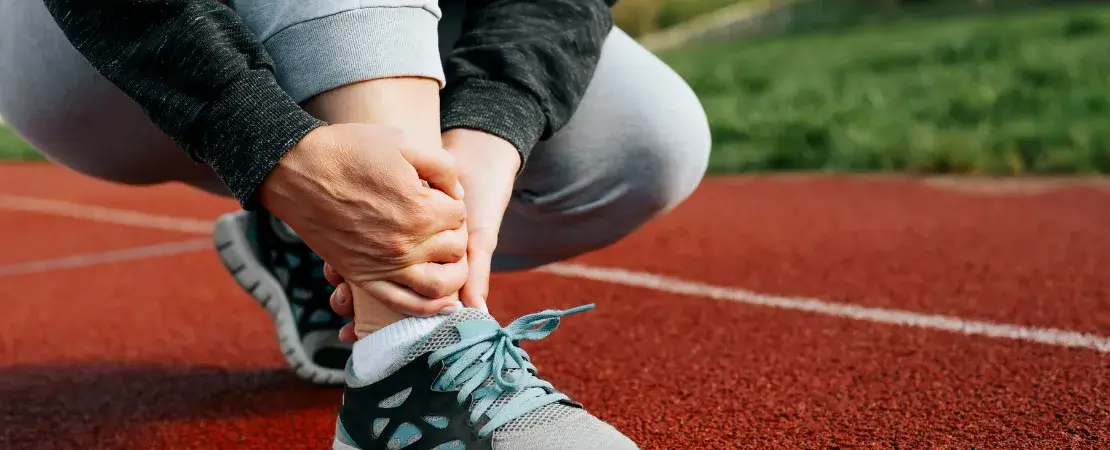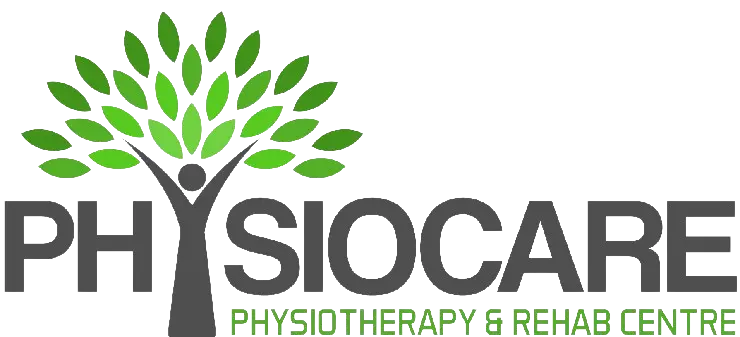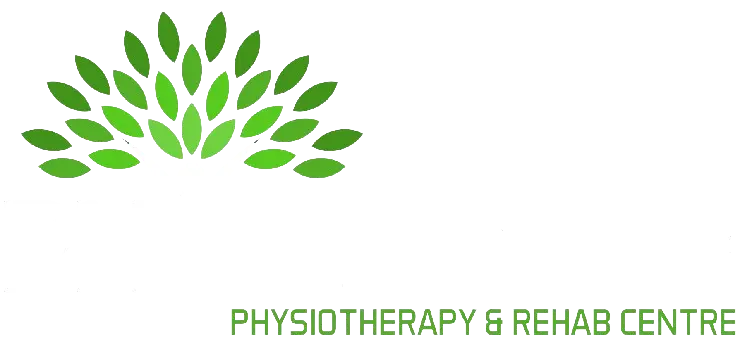
Running Injuries: How Physiotherapy Helps You Recover and Stay Injury-Free
Running is one of the most accessible and rewarding forms of exercise, offering benefits for cardiovascular health, mental well-being, and overall fitness. But with its popularity comes a common downside: running injuries. Whether you’re a weekend jogger or training for a marathon, repetitive stress, poor biomechanics, and training errors can sideline even the most dedicated runners.
At our physio clinic in Ottawa, we see runners of all levels dealing with these challenges, and the right physiotherapy can make a significant difference in both recovery and long-term prevention.
In this blog, we’ll explore:
- The most common running injuries
- How physiotherapy plays a key role in recovery
- The role of proper biomechanics in injury prevention
- Pro tips for preventing injuries and running smarter
The Most Common Running Injuries
Running injuries usually develop over time from overuse or improper mechanics. Here are some of the top culprits:
1. Runner’s Knee (Patellofemoral Pain Syndrome)
Pain around the kneecap, especially with stairs or prolonged sitting. Often caused by muscle imbalances or poor tracking of the kneecap.
2. Shin Splints
Achy pain along the shinbone due to excessive loading or poor shock absorption.
3. Plantar Fasciitis
Heel pain caused by inflammation of the tissue on the bottom of the foot, often worse first thing in the morning.
4. IT Band Syndrome
Sharp pain on the outside of the knee, common in runners with weak hip muscles or poor running mechanics.
5. Achilles Tendinopathy
Pain at the back of the heel due to chronic strain on the Achilles tendon.
6. Stress Fractures
Small cracks in the bone caused by repeated impact without adequate rest or nutrition.
The Importance of Proper Biomechanics in Running
Biomechanics refers to how your body moves during running—joint angles, posture, stride, and how forces are distributed. Even small inefficiencies can lead to cumulative stress, overuse injuries, or performance plateaus.
Why Biomechanics Matter
- Reduces strain on joints, tendons, and muscles
- Improves energy efficiency and performance
- Decreases risk of repetitive stress injuries
- Helps correct imbalances (e.g., pelvic drop, knee valgus)
Common Biomechanical Issues in Runners
- Overstriding: Landing the foot too far in front of the body, increasing braking forces
- Poor Hip Control: Leading to pelvic drop and knee misalignment
- Cross-Over Gait (Scissoring): Feet landing on a narrow base, stressing knees and hips
- Low Cadence: Fewer steps per minute can increase ground contact time and force
- Heel Striking with Locked Knee: Results in greater impact forces through the leg
What a Physiotherapist Looks For:
- Stride Length & Cadence
- Foot Strike Pattern
- Knee & Hip Alignment
- Pelvic Stability & Core Engagement
- Arm Swing & Trunk Rotation
How Physio Corrects Biomechanics:
- Gait retraining on treadmill with real-time feedback
- Strengthening and motor control for glutes, hips, and core
- Mobility work to correct joint restrictions
Biomechanical corrections are personalized. What works for one runner may not work for another, which is why physiotherapy is so crucial for safe, evidence-based improvements.
How to Prevent Running Injuries
Staying injury-free isn’t just about luck—it’s about smart habits and consistent care. Here’s how to prevent injuries before they start:
Train Smart
- Increase mileage gradually (no more than 10% per week).
- Include at least 1–2 rest days per week.
- Vary your terrain and intensity.
Strength Train
- Incorporate strength training 2-3x/week to target running-specific muscles and working on core stability
- Focus on single-leg exercises for balance and symmetry.
Improve Mobility
- Regular stretching and foam rolling for tight areas like hips, calves, and hamstrings.
Choose the Right Shoes
- Replace shoes every 500–800 km.
- Get a professional gait analysis to select the right type for your foot and running style and also get Orthotics if warranted.
Recover Well
- Prioritize sleep, hydration, and nutrition.
- Use compression, massage, or active recovery sessions after long runs.
Final Thoughts
Running doesn’t have to hurt. With the right guidance and a proactive approach, most injuries are preventable—or at the very least, manageable with early intervention. Physiotherapy empowers runners to recover faster, improve form, and build a stronger, more resilient body.
If you’re dealing with a nagging injury, struggling with technique, or want to perform your best, a physiotherapy running assessment may be the smartest investment you make.
Whether you’re returning from an injury or optimizing your performance, our expert physiotherapy in Ottawa tailored to runners’ unique needs.
Contact our clinic today to book your personalized running assessment or rehab session. Let’s get you back on track—stronger than ever.

Prateeksha Viradiya
Certified in Pelvic Floor, Acupuncture, Certified ROST Therapist | RAPID Treatment Specialist at Physiocare Physiotherapy and Rehab Centre
View Full Bio
Subscribe To Our Newsletter
Your health is our priority, and we’re committed to partnering with you to achieve your optimal wellness.

